As I know STL has automatic memory management. But when I use something like top or ps -aux to show the memory usage of a process, it shows even the STL object are out of scope, these memory is still possessed by process.
Here is an example:
void run()
{
map<int, int> a;
for(int i = 0; i < 1000000; i++)
{
a[i] = i;
} // 64376K memory used by process
}
int main()
{
run();
sleep(5); // still 64376 memory used
map<int, int> a;
for(int i = 0; i < 1000000; i++)
{
a[i] = i;
} // still 64376 memory used
return 0;
}
The process possesses 64376KB memory in run() and memory doesn't release after function run(). But these memory seems to be used by the second map.
After I use valgrind --tool=massif to check what happened, I got a normal result.
So here comes my question
- why process memory trends doesn't match with the code and
valgrind - How does the different STL objects share the same allocated memory.
